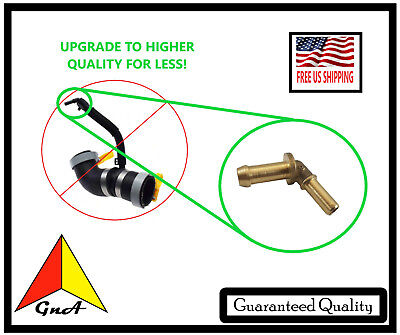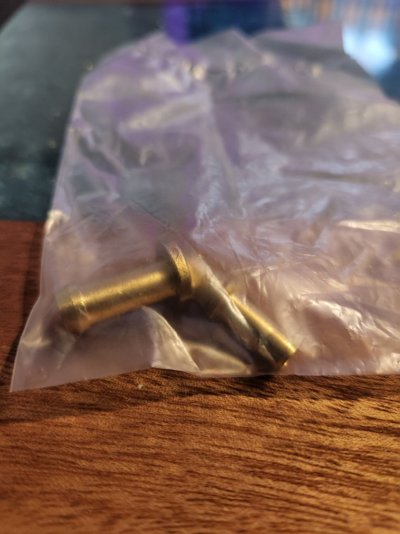I spent a few minutes refreshing my memory...
I find commonly available, 4 grades of copper and 8 grades of brass, each of which is an alloy of two or more metals. and brass is mainly a copper/zinc alloy.
The LR4 block is Aluminum, as is the water pump.
So in the base case we are concerned about an Aluminum/Copper reaction.
I defer to anyone with a better explanation, but for now, I see 3 cases that could occur if adding copper/brass to the system.
1. It can become a battery. The metals, Aluminum/Copper or Aluminum/Brass, need to be physically separated and the electrolyte (coolant) needs to contain copper in solution as an ion.
I doubt that the OAT coolant contains copper in solution, so I have a hard time believing this scenario. (but see #3 below)
2. It can become an electrolysis (corrosion) situation. The metals, Aluminum/Copper or Aluminum/Brass, need to be physically touching each other and the electrolyte (coolant) needs to electrically conductive, which it will be. As long as the metals are not touching there is no problem - recall that little washer in your hot water heater? If it's in place, no problems, if it's left out, big time corrosion - same here. So with the little brass bit, does it physically touch the interior of the water pump - probably not?? There is no need to passivate any Copper or Brass surfaces, as there will not be a reaction unless the Al/Cu or Al/Brass are physically touching. (If there was corrosion, the Aluminum would dissolve, but it's related to the relative surface areas of each metal - lots of aluminum, relatively little copper - so would likely never notice it, even if it did happen.)
3. Reactions directly with the OAT coolant. I know, from an experience with one of my customers some years ago, that every manufacturer has a master list of the materials of construction in their engine that will be in contact with the coolant. And there is a master list of coolant components and additives and how they react to every material of construction. And, these are highly protected by secrecy agreements between all parties - so you and I will never know... My concern is there there might be a reaction between the coolant and the Copper or Brass, and that reaction would put copper into solution and then we might entertain case #1 above.
Same with stainless - there are many different varieties, each is a different alloy.
You could, of course, use inconel, that doesn't react with anything - but if you can afford that, why are you dinking around with a Rover - get a Grenadier and trick it out!
Personally, since I do not understand the OAT coolant chemistry, and I strictly use only Rover fluids (everywhere), I would not add any potentially new metals to the wetted surfaces list.
Might be massively overcautious, but in my case at least, I can never again afford a new Rover - and I would like to take every precaution to keep our 2013 and 2016 as long as possible...
If anyone has a definitive answer based on actual experience, I know we would all be very interested....




